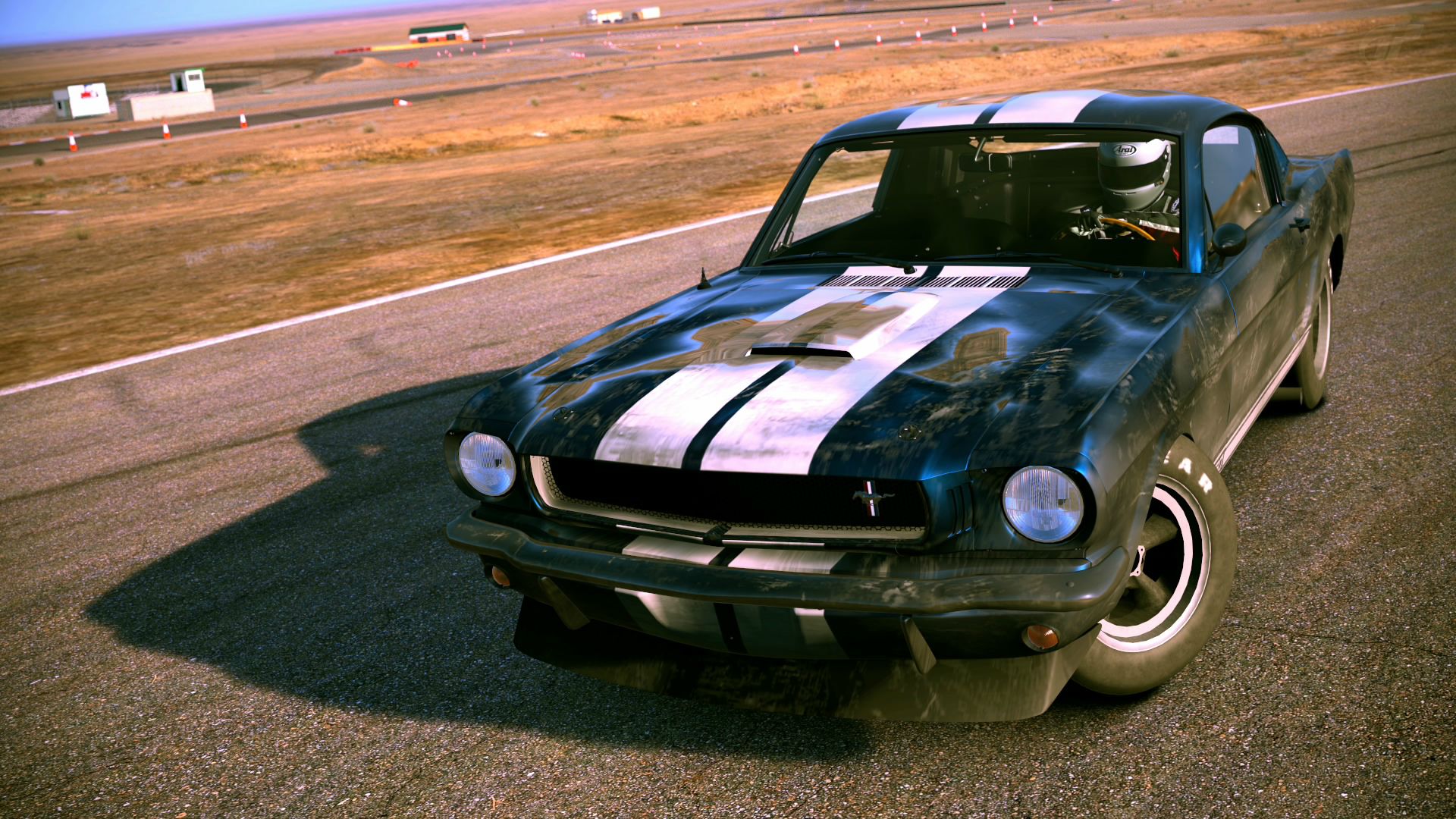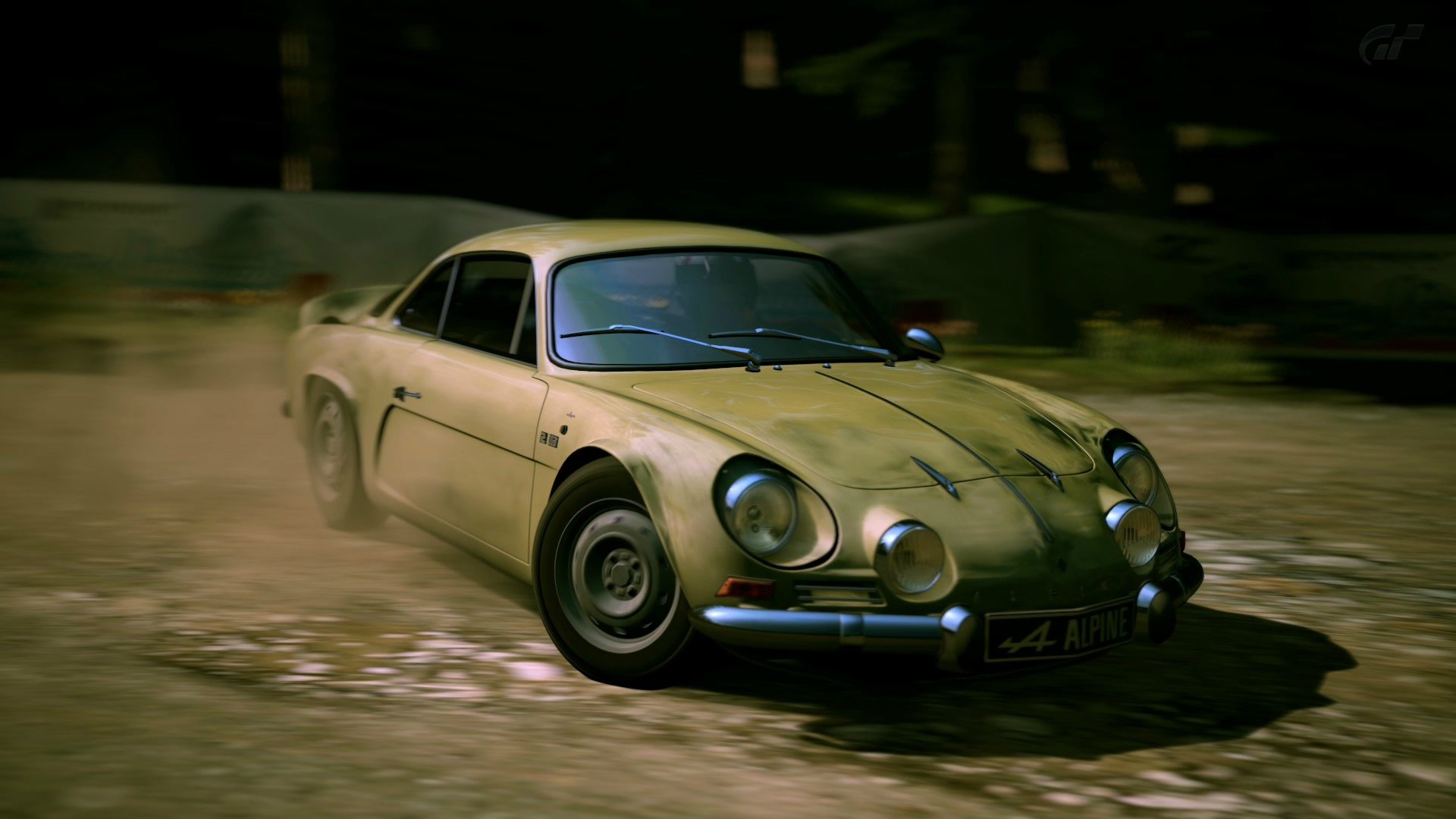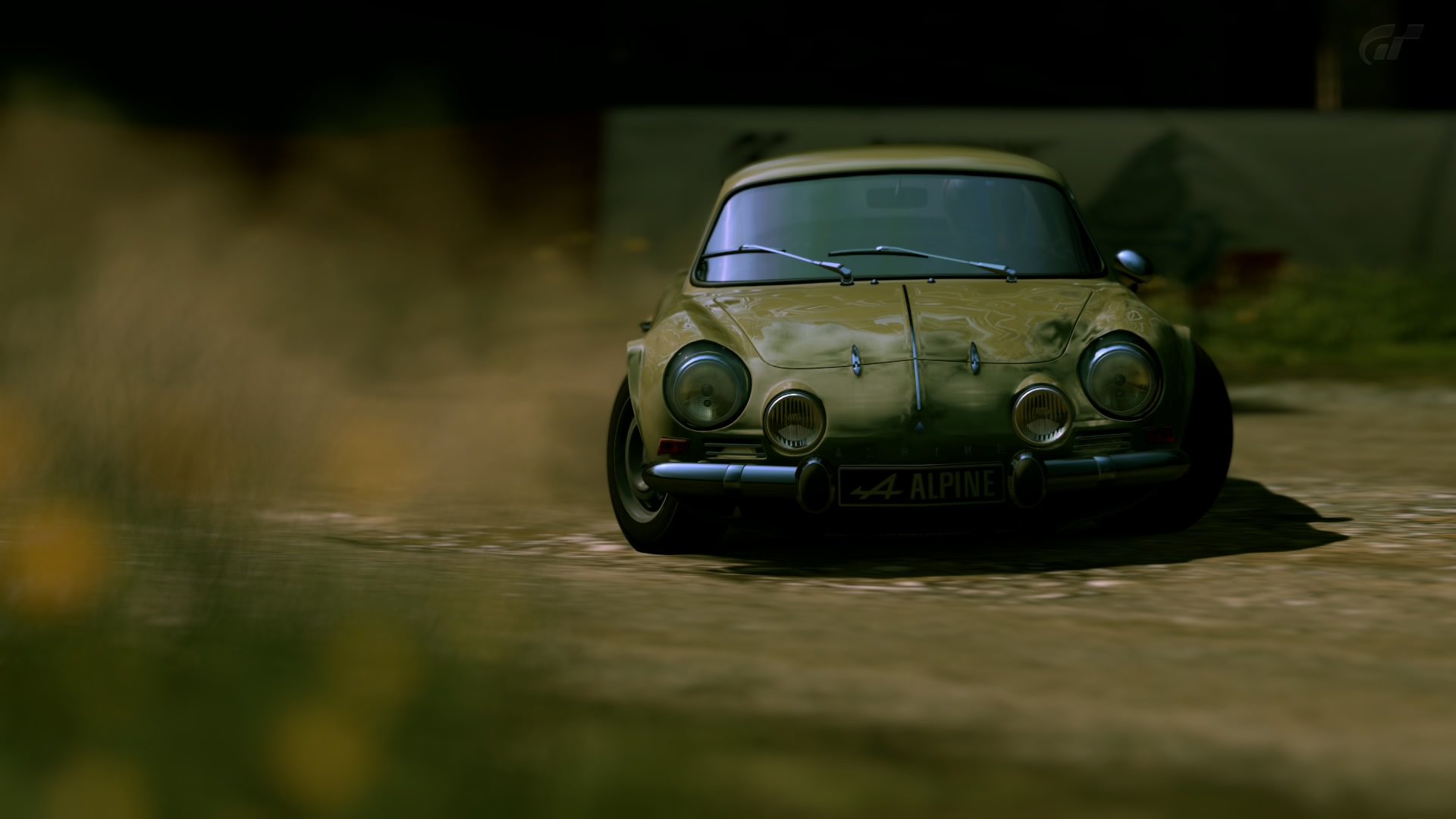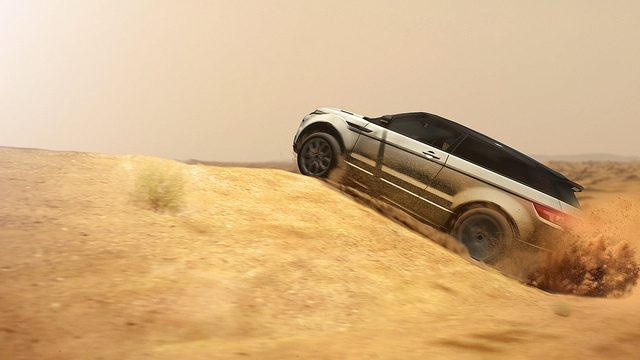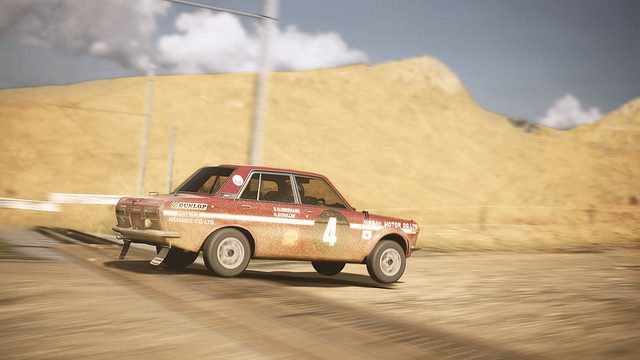You are using an out of date browser. It may not display this or other websites correctly.
You should upgrade or use an alternative browser.
You should upgrade or use an alternative browser.
Dirty Cars Thread
- Thread starter 35mm
- 13 comments
- 1,413 views
- 629

- Puerto Rico
 Mazda 787B 1991 24 Hours of Le Mans by Metalsun1, on Flickr
Mazda 787B 1991 24 Hours of Le Mans by Metalsun1, on FlickrWinning an endurance race depends on three important factors, driver skill, automotive speed and reliability. In the 1991 24 Hours of Le Mans, the Porsches, Jaguars, Mercedes-Benz and Peugeots were clear favorites in the Group C category. So it was no surprise that Mazda, with its reliable reputation, was just another car on the list. Racing strategy is very dynamic but in essence, it’s a speed vs. reliability. Some teams went for speed, others, like Jaguar and Mazda went for reliability, slowing their cars on purpose. Eventually, the No. 55 Renown sponsored Mazda driven by Johnny Herbert, Volker Weidler, and Bertrand Gachot slowly crept through the field from a 19th place starting position to 1st after 22 hours. Jaguar 2nd and 3rd and the other 2 Mazdas finished 6th and 8th.
- 452

- Germany
- rallydakar
- 629

- Puerto Rico
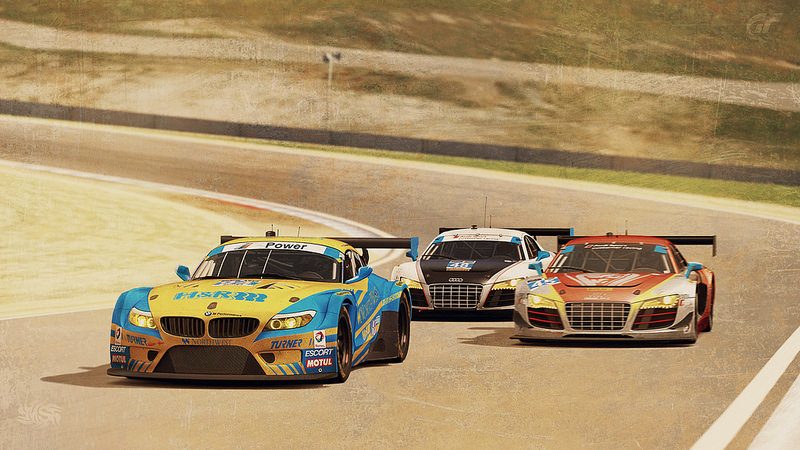 Turner Motorsports BMW Z4 GT3 2014 Laguna Seca by Metalsun1, on Flickr
Turner Motorsports BMW Z4 GT3 2014 Laguna Seca by Metalsun1, on FlickrSurprise endings continue to happen. This time, at Mazda Raceway Laguna Seca, in the 3rd round of the 2014 TUDOR United SportsCar Championship in the GTD category. The #45 Flying Lizards Motorsports AUDI R8 LMS was set for a win starting from the pole position. After a 2nd yellow flag, 34 minutes into the 2 hour race, many teams came in for a driver change and a splash of fuel. A 3rd yellow flag opportunity never materialized. In a strategy move 1 hour into the race, the Turner Motorsport #94 pitted again for fuel, out of sequence, to take their car to the finish. The Flying Lizards’ pit strategy had the car skip the stop and continue on racing while conserving fuel. Then the surprise. In the last lap, above the “Corkscrew” turn, the #45 ran out of “fumes”. Eventually, giving way for the Turner Motorsport #94 BMW Z4 GT3 driven by Dane Cameron and Markus Palttala, who were 11 seconds behind from P10, to take their first checkered flag (fast forward to 1:38:00) of the 2014 season.
Update: After 8 races into the series the #555 AIM Autosport (now with a modified livery) still leads in in the GTD championship by 2 points.
Update 2: The Turner Motorsport #94 BMW Z4 GT3 became the 1st GTD team to repeat a win in the series after reaching the checkered flag first at Watkins Glen. Now with 3 wins, the team is 3rd in the championship.
Last edited:
- 629

- Puerto Rico
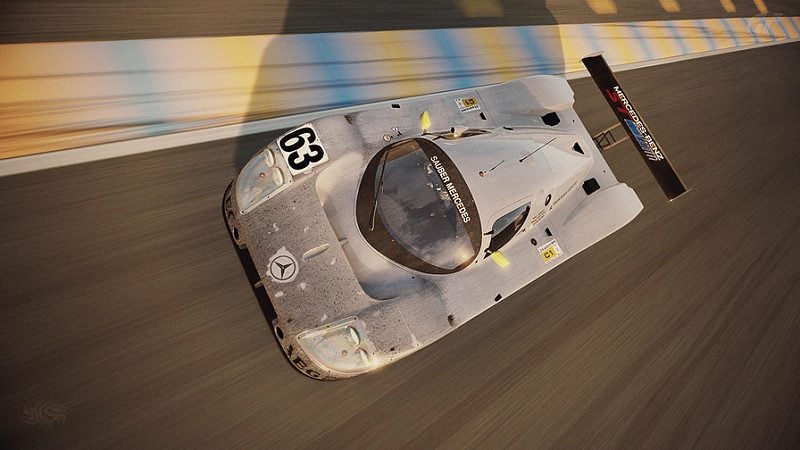 Sauber Mercedes C9 1989 24 Hours of Le Mans by Metalsun1, on Flickr
Sauber Mercedes C9 1989 24 Hours of Le Mans by Metalsun1, on FlickrMercedes-Benz had retired from top tier racing since the tragic accident in the 1955 24 Hours of Le Mans. That’s until the privateer racing team Sauber, asked M-B in 1984 for some time in their new wind tunnel so they can develop their C8 race car. M-B’s involvement crept from there to engine supplier, then full factory support by 1988 with the C9. Among other improvements above the previous generation, the development of a 4-valve DOHC increased the power output to 720 bhp in race trim. The C9s were very dominant in the 1989 season, winning all but one race. During the 1989 24 Hours of Le Mans, the C9 reached 248.0 mph (400 km/h) during their qualifying sessions down the Mulsanne Straight. Eventually, the #63 Sauber Mercedes driven by Jochen Mass, Manuel Reuter and Stanley Dickens took the checkered flag in a 1st, 2nd, and 5th finish. By the next season, 2 new chicanes were installed in the track to slow the cars down.
- 629

- Puerto Rico
 Jaguar XJR-9 1988 24 Hours of Le Mans by Metalsun1, on Flickr
Jaguar XJR-9 1988 24 Hours of Le Mans by Metalsun1, on FlickrBy the time the 1988 24 Hours of Le Mans came around again, Porsche was still a dominating force. If you were a privateer team and wanted to win this race, an obvious car to invest in and take to the race would be a Porsche 962. They had won for the last 7 years straight. The odds were stacked against the other teams. Tom Walkinshaw Racing (TWR) brought to the fight 5, factory supported Jaguar XJR-9s. A development of the XJR-8s, the XJR-9s had increased its horsepower to 750hp and aerodynamic efficiency by 15%, in part by re-installing the rear wheel covers, low rear spoiler and truncated bodywork. After 31 years, Jaguar without a win, Johnny Dumfries, Jan Lammers and Andy Wallace take the checkered flag in the Silk Cut sponsored #2 XJR-9, chassis number TWR-J12C-488, and saw Jaguar take the World Championship with wins in six out of 10 Group C races.
- 452

- Germany
- rallydakar
Hey Metalsun I wanted to ask you a lot of times what you use to get the cars dirty it looks so beautiful real and organic how you do it it's unique ... could you please sent me the brushes or whatever you use ... please it looks so fantastic mine ere not as near as yourJaguar XJR-9 1988 24 Hours of Le Mans by Metalsun1, on Flickr
By the time the 1988 24 Hours of Le Mans came around again, Porsche was still a dominating force. If you were a privateer team and wanted to win this race, an obvious car to invest in and take to the race would be a Porsche 962. They had won for the last 7 years straight. The odds were stacked against the other teams. Tom Walkinshaw Racing (TWR) brought to the fight 5, factory supported Jaguar XJR-9s. A development of the XJR-8s, the XJR-9s had increased its horsepower to 750hp and aerodynamic efficiency by 15%, in part by re-installing the rear wheel covers, low rear spoiler and truncated bodywork. After 31 years, Jaguar without a win, Johnny Dumfries, Jan Lammers and Andy Wallace take the checkered flag in the Silk Cut sponsored #2 XJR-9, chassis number TWR-J12C-488, and saw Jaguar take the World Championship with wins in six out of 10 Group C races.

- 629

- Puerto Rico
Hey Metalsun I wanted to ask you a lot of times what you use to get the cars dirty it looks so beautiful real and organic how you do it it's unique ... could you please sent me the brushes or whatever you use ... please it looks so fantastic mine ere not as near as your
My first edits were done with GIMP but shortly after I switched to Photoshop CS6. That means that my instructions might not be similar to your photo editing software.
Using textures helps a lot in that you don't have to paint the dust/dirt. You can use any image in the internet and turn it into a texture. Of course, you have to apply an appropriate image to your subject. A scene of a kid’s birthday party on the side of a car will not do. So you have to do an image search of say, “dirty window texture”, “dusty window”, “grime textures” “rusty metal textures” and so on. There’s lot out there. I taught myself Autodesk’s 3DS Max Design a few years ago and used these textures on 3d models. For Photoshop, I use it differently in that I want a high contrast image. (Contrast is the quantity of different color gradients from the lightest to darkest colors. For example, a black image in a white paper has just two colors; low contrast. A gray scale image has more; higher contrast.)
1. I would have the texture/image in its own layer.
2. Lower the saturation to turn it into a black and white image.
3. SCALE it appropriately, don’t want rain drops the size of watermelons.
4. DISTORT/WARP it to “fit over the physical” car.
5. Play with the different types of BLENDING modes available. This is where the magic happens. Depending on which mode you use, the lighter (white) colors become transparent. In 3d modeling programs, this contrast is used to define depth in textures, Texture Mapping. The darker parts of the image define deeper physical surface limits.
6. Use the OPACITY setting to adjust overall transparency.
You can also use the standard brushes in Photoshop for the grime/oil specks or even modify them. You could take a picture of a splatter of paint in your house, desaturate, lower contrast and make a custom brush. I went into the internet and did a search for “splatter brushes” and got some.2. Lower the saturation to turn it into a black and white image.
3. SCALE it appropriately, don’t want rain drops the size of watermelons.
4. DISTORT/WARP it to “fit over the physical” car.
5. Play with the different types of BLENDING modes available. This is where the magic happens. Depending on which mode you use, the lighter (white) colors become transparent. In 3d modeling programs, this contrast is used to define depth in textures, Texture Mapping. The darker parts of the image define deeper physical surface limits.
6. Use the OPACITY setting to adjust overall transparency.
These instructions by themselves are usually not enough, I sometimes need to combine multiple textures over each other and paint dark layers to form shadows or color the dust. So you have to take the time, be patient and learn to work with other disciplines. I didn't know anything about Photoshop a year ago, other than making "tileable" textures for 3d models and still consider myself a beginner. Other key things you need to watch for is:
1. Don't over do it. Many times you like what you see, keep adding more and didn't stop, resulting in an image that maybe is too dark.
2. Go do searches in the internet and learn how the cars actually look when they are dirty. Where does the dust/dirt/grime collect? How dark should it be? What color is the dirt/dust?
3. Specks of oil will be seen on a real car up-close but not from far away, so watch out for your “scaling”.
2. Go do searches in the internet and learn how the cars actually look when they are dirty. Where does the dust/dirt/grime collect? How dark should it be? What color is the dirt/dust?
3. Specks of oil will be seen on a real car up-close but not from far away, so watch out for your “scaling”.
Last edited:
- 452

- Germany
- rallydakar
Thank you very much (I also work with CS6My first edits were done with GIMP but shortly after I switched to Photoshop CS6. That means that my instructions might not be similar to your photo editing software.
Using textures helps a lot in that you don't have to paint the dust/dirt. You can use any image in the internet and turn it into a texture. Of course, you have to apply an appropriate image to your subject. A scene of a kid’s birthday party on the side of a car will not do. So you have to do an image search of say, “dirty window texture”, “dusty window”, “grime textures” “rusty metal textures” and so on. There’s lot out there. I taught myself Autodesk’s 3DS Max Design a few years ago and used these textures on 3d models. For Photoshop, I use it differently in that I want a high contrast image. (Contrast is the quantity of different color gradients from the lightest to darkest colors. For example, a black image in a white paper has just two colors; low contrast. A gray scale image has more; higher contrast.)
1. I would have the texture/image in its own layer.You can also use the standard brushes in Photoshop for the grime/oil specks or even modify them. You could take a picture of a spatter of paint in your house, desaturate, lower contrast and make a custom brush. I went into the internet and did a search for “splatter brushes” and got some.
2. Lower the saturation to turn it into a black and white image.
3. SCALE it appropriately, don’t want rain drops the size of watermelons.
4. DISTORT/WARP it to “fit over the physical” car.
5. Play with the different types of BLENDING modes available. This is where the magic happens. Depending on which mode you use, the lighter (white) colors become transparent. In 3d modeling programs, this contrast is used to define depth in textures, Texture Mapping. The darker parts of the image define deeper surface limits.
6. Use the OPACITY setting to adjust overall transparency.
These instructions by themselves are usually not enough, I sometimes need to combine multiple textures over each other and add “shadow” layers. Other key things you need to watch for is:
1. Do not to over do it. You want to add more but can’t stop and the image may get too dark.
2. Go do searches in the internet and learn how the cars actually look when they are dirty. Where does the dust/dirt/grime collect? How dark should it be?
3. Specks of oil will be seen on a real car up close but not from far away so watch out for your “scaling”.
 ) i will follow your advices and hope to get better
) i will follow your advices and hope to get better thats my latest work
- 629

- Puerto Rico
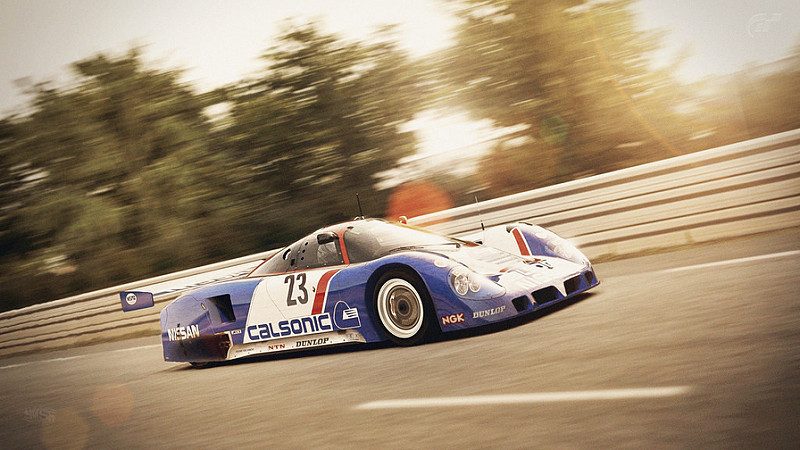 Nissan R89C 1989 24 Hours of Le Mans by Metalsun1, on Flickr
Nissan R89C 1989 24 Hours of Le Mans by Metalsun1, on FlickrThe R89C was the result of Nissan's effort to compete in the 1989 World Sportscar Championship season in the Group C category. The race car progressed from Nissan’s previous generation into a new Lola chassis and twin-turbo VRH35 engine, 3.5L V8 DOHC. Unfortunately, race tuning, reliability and track set-up was slowly being optimized and results suffered. The R89C, as a whole, was an unsuccessful race car for Nissan reaching its most prestigious position of 3rd place in both Donington Park and Spa Francorchaps. They never finished the 1989 24 hours of Le Mans due to engine failures and crashes, eventually finishing 5th in the 1989 championship. All wasn't for nothing and the lessons learned from the R89C were put to good use in the very successful future.
Similar threads
- Replies
- 23
- Views
- 11K
- Replies
- 1
- Views
- 560


